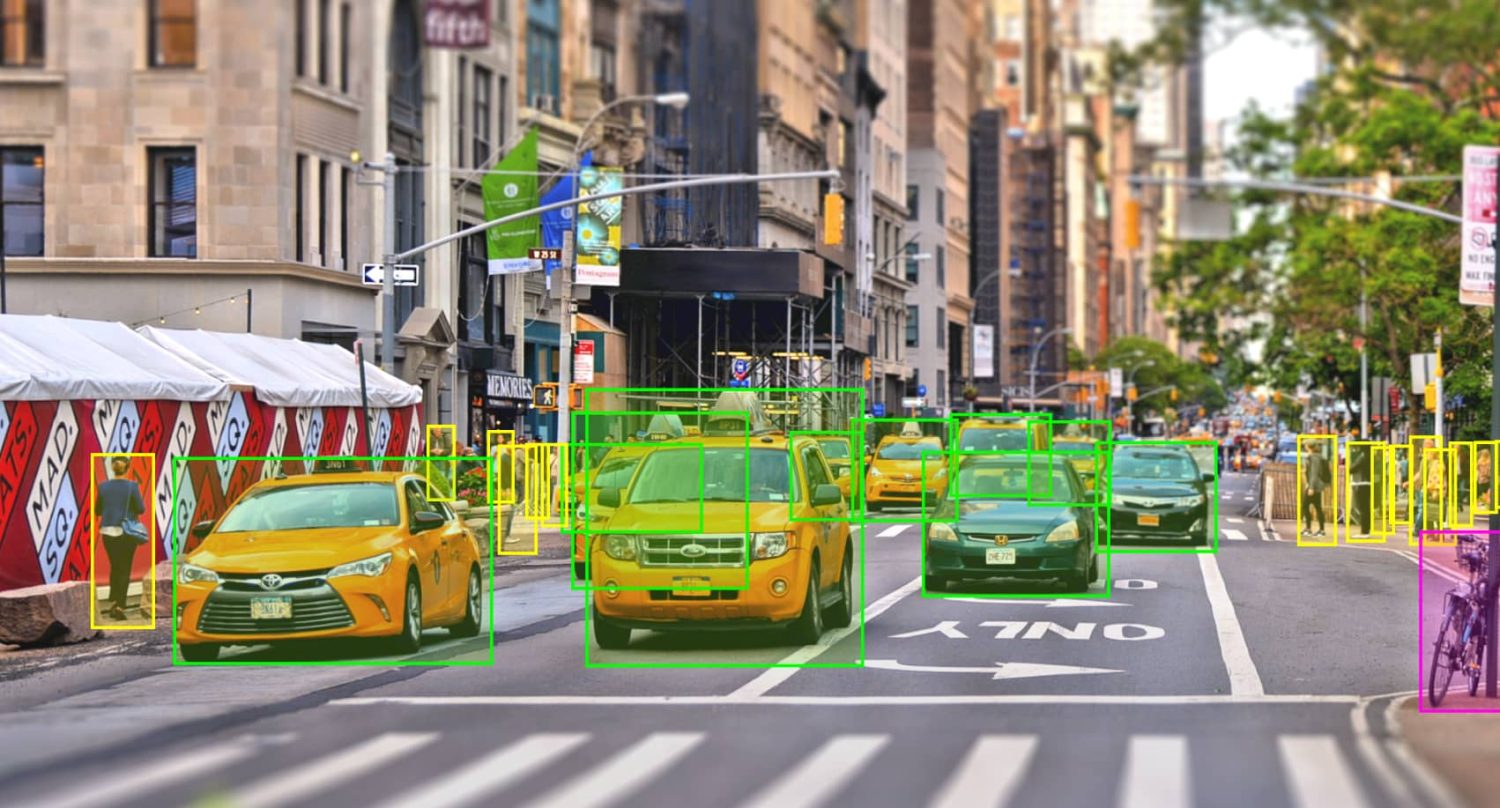
What exactly is Video Annotation Service? Video Annotation is a method of tag or labels video clips that are employed for training Computer Vision systems to identify or detect objects quickly. It helps to extract specific intelligence from video clips by labelling objects frame by frame and making them identifiable to Machine Learning systems. The main use of this service is in the area of image classification where it can identify an object in an image. It helps make your images more searchable and understandable by computer vision programs.
A typical usage of the Video Annotation service involves labelling an object in an image using one of the many tools available to label images. One of the most common applications is Deep Learning where a user will feed images into a neural network. The network will then be able to recognize objects in the image using the parameters the user has given it.
The main benefit to this type of service is that you can train your deep learning network to recognize objects. Once the network is trained to recognize an object, you can save it in a database so that when you want to classify an image with an object recognition tool, you can just ask the database to search for objects labelled with the same labels as the one you have provided the network.
Another application of Data Annotation Service is to create text documents that can be labelled using a neural network or other deep learning tools. One major benefit of using the ai services for this purpose is that it allows the users to make their text documents easily searchable by people who are knowledgeable about a particular topic. In addition, using an ai software, people will be able to search for a particular term in the document in an unsupervised way as the system learns from its past examples.
In order to understand how a Video Annotation Service works, it is important to know how computer vision works. In computer vision, the goal is to achieve a high level of image quality by classifying an image using an algorithm. A Video Annotation service will use the same kind of classification algorithm to label an image and deliver the resulting label to a user.
Another application of the ai video Annotation services is for the creation of text documents from training data. For instance, if you are working on the project that involves creating text documents from business intelligence or machine learning courses, you would need to pre-process the training data into a format that can be used by software like ImageJ to create a text document.
However, doing this manually can be quite tedious and laborious. You would need to convert the date into the correct date formatting, insert the images or videos and align them in the proper way. In addition, you would also need to check for alignment of text and images so that they are correctly placed within the document.
Once these are complete, you can then upload the document to the ai video Annotation service and submit it. The service will then process the document by using the ImageJ library. Once the document is approved, the service will then deliver the final file, which you can then use to create a presentation or any other kind of report that you want to make using the information extracted from the document. These kinds of applications are not limited to business applications. They can also be used to create educational presentations.
Comments are closed.
-
The Benefits Of Hardware Ledger Wallets
January 16, 2021 -
NVIDIA Drivers Advantages, Update And Installation Procedure
September 1, 2022
Latest Posts
-
Benefits of using IP phones for business
February 17, 2024 -
Is Outsourcing SEO Offshore a great Business Decision?
February 1, 2024
Recent Posts
- Enhance Your Privacy and Security with RF Blocking Window Film March 28, 2024
- Unlock Your Business Potential with Proactive IT Support in Brisbane March 24, 2024
- Benefits of using IP phones for business February 17, 2024
- Is Outsourcing SEO Offshore a great Business Decision? February 1, 2024
- How to begin Online Business Just like a Real Effective Online Marketer January 30, 2024
- How you can Generate Online Business Earnings January 22, 2024
- How To Enhance the Independence of Seniors Through Biometric Devices January 19, 2024










